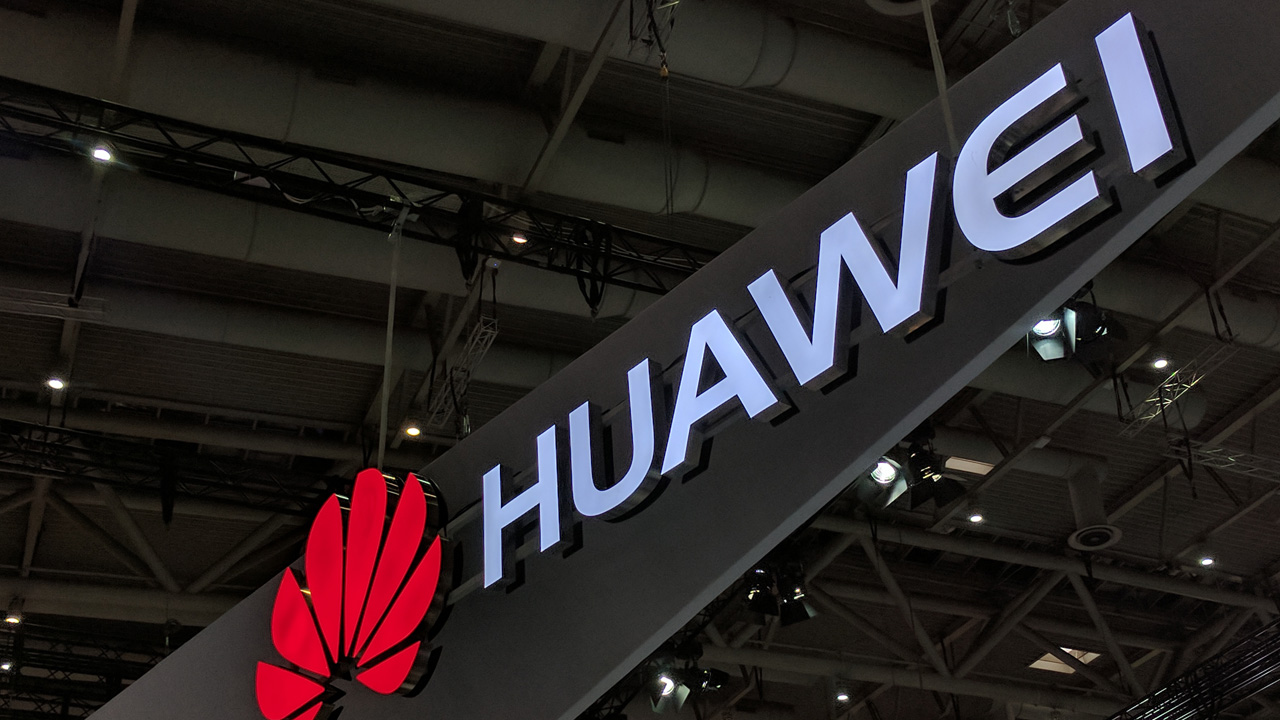The Lessons from Huawei’s Harmony Operating System
On 20 May 2019, Google announced it would block Huawei’s future access to Android updates. This means that people using Huawei phones would not be able to access Google Maps,YouTube, Chrome browser, Google Docs, Gmail, and Google Search; as well as the gazillions of third-party apps in Google PlayStore. As no one wants to buy […]

On 20 May 2019, Google announced it would block Huawei’s future access to Android updates. This means that people using Huawei phones would not be able to access Google Maps,YouTube, Chrome browser, Google Docs, Gmail, and Google Search; as well as the gazillions of third-party apps in Google PlayStore.
As no one wants to buy a smartphone without access to these tools, Huawei’s future in the smartphone business will be quite bleak without an alternative operating system (OS) to Android. Newer smartphones manufactured by Huawei will be affected, while people who currently have Huawei devices may see them gradually deteriorate because they are not able to perform certain updates.
As reported in this column on 27 May 2019, the ripple effect of the US ban was immediate, and many countries followed the US to either impose restrictions on selling parts to Huawei or outright banning the company from participating in 5G development. More recently, the United Kingdom and the European Union, seem to have succumbed to the pressure from the US to do away with the Chinese company. In a reaction to the US ban on Huawei’s access to Android, the company apparently intensified efforts to develop its own OS, Harmony OS, whose development started from the Android Open Source Platform (AOSP) that everyone can get for free, in a project dubbed Plan B. We are reminded of course of how extremely difficult it is to compete with Google on matters of OS. Bada – later called Tizen (Samsung), BlackBerry OS (RIM), MeeGo (Nokia, Intel, Linux Foundation), Palm OS (Palm, Inc.), Symbian (Nokia),and Windows Phone (Microsoft) are a few of the mobile OSs that have attempted to compete with Google’s Android but eventually fizzled out of high-end smartphones.
Google’s Android accounts for 85.4% of smartphones shipped in 2019. (Apple’s iOS accounts for the balance of 14.6%.) As the US is slowly changing the way it does business with China, we can expect to see fewer open platforms and more restrictions on what tools China can grab from the US while keeping its own “locked up within its borders.”
Incidentally, the restriction of Huawei’s access to Android and other mission-critical software and tools from the US, has implications that go far beyond Huawei orChina. And here comes the first lesson from the ban: every country has to try to develop its own version of mission-critical software, the least of which is not the operating system.
Anything can happen at anytime between any two countries, and the country that is not prepared will be subjecting itself to blackmail and incapacitation when hit with a biting restriction. Both economic and political stability can easily suffer if a country is not prepared to be independent in matters of critical national “life-or-death” needs. For sure, software could easily form a component of such needs.
The second lesson from the ban is the replay of the old saying that necessity is indeed the mother of invention. The development of Harmony OS has been motivated by the need to be independent and reasonably self-contained. So how is Huawei doing so far on Harmony?
To be sure it’s not going to be easy, as challenges loom for an undertaking of this magnitude – developing an OS is not a walk in the park. I know this firsthand when I tried to develop an alternative to Microsoft Windows in the late 90s, because Windows had too many bugs that were undermining a software project that I had at the time. I call my OS “REALGUI,” which gave my customers at the time the performance they wanted, but the platform was too slow compared to MS Windows. Although I still use it today for some difficult engineering applications, it can’t compete with MS Windows on look and speed.
Rumors have it that Huawei will release a beta version of Harmony for its phones in December 2020 or perhaps early in 2021.Hongmeng OS, is a Chinese language-inspired name for the same OS. Version 1.0 of Harmony OS was reportedly released last year, but for devices other than phones. The plan is that Harmony will support Internet of Things (IoT) seamlessly. Reports suggest that Huawei phones driven by Harmony will still have the look and feel of the company’s Android-based phones, and you would have to look inside to see that your favorite Android apps are missing!Internet users in China do not have access to Google or Google apps, anyway, meaning that they wouldn’t be affected much by the lack of Android apps in Harmony-driven Huawei phones.
In order to enhance the success of Harmony OS, if only for national security and pride reasons, I see the Chinese government throwing its full weight to support Harmony financially. On a global scale – beyondChina, that is, Harmony will probably suffer.
Moreover, starting 12 September 2020, Huawei has reportedly been unable to get more of the Kirin processor chips needed for its high-end phones due to another US ban. Countries must strive for independence in critical technologies and may have to bankroll private efforts to make this a reality. Such a move could also bring out the best, technically, in a country’s citizens.
